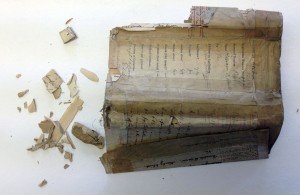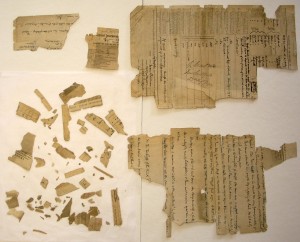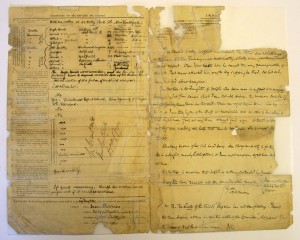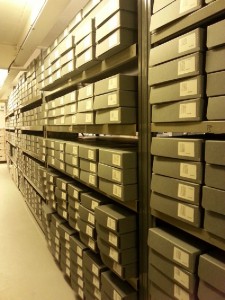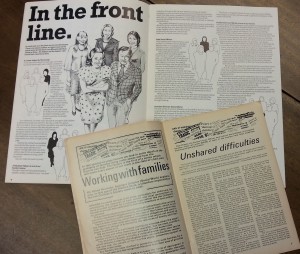Today we have the first part of a blog post written by one of our volunteers, David Lamb. The second part that looks at a few of the individual stories of the first one hundred children will follow shortly.
The Waifs and Strays’ Society, the original name of The Children’s Society, was founded in 1881. Applications for children to be taken into the care of The Society started in February 1882 and are kept in case files for each child. This piece is an analysis of the first hundred case files, all started in 1882, followed by summaries of sample cases. There is considerable variation in the amount and quality of information in the files, many containing just the application form often only partially completed, with brief notes of any subsequent moves on the back of the form. Some files contain correspondence, often about maintenance payments.
Age, Sex and Location
69 boys and 31 girls made up the first 100 cases. They included two families of three siblings, and one pair of sisters and one pair of brothers. Almost half the children were 7, 8 or 9 years old. Five were babies under 2; thirteen were 14 years or older. The ages of many children were estimated, particularly in cases of abandonment. Four of the children were declared illegitimate, although several more may have been.
All but five applications were from London, mostly from inner London, particularly the East End. The others were from Sussex (2), Kent, Oxford and Suffolk. There are multiple applications by H Thornhill Roxby, a young man of independent means from Clapton, who found many destitute boys found sleeping rough around inner London, and worked closely with the Rector of Spitalfields Church in the East-End.
Family Circumstances
Most of the children had lost at least one parent, usually their father – 24 were orphans. Sixteen fathers had died in accidents, mostly at work; nine of them drowned, a common risk then of working on the Thames. Tuberculosis features regularly as the cause of parental deaths, particularly for mothers. Sunstroke was responsible for two parental deaths while on military service in India.
There are six cases of child abandonment, generally early teenage boys being left to fend for themselves. Parental desertion is mentioned in six other cases, three cases of paternal desertion and one of a mother leaving her three children.
Poverty and the sheer struggle to support large families come across in most cases. There are a few cases of children becoming difficult to control and falling into “bad company” with their widowed mother or widower father out of the home working from early morning until late evening. Truancy is mentioned a couple of times. There is one application to avoid the physical behaviour an aunt.
An element of moral guardianship by the church authorities that referred cases to The Society is evident in several cases. Drunkenness is mentioned in six times, in one of which the father “went wrong”, the mother “drinks” and the sister leads a “bad life”. “Perniciousness” of her new home is referred to in the case of a girl whose father had drowned. Theft occurs in ten cases.
The Children in Care
Most of the children initially went into the receiving homes in Clapton for boys and Dulwich for girls. They were then often transferred to other children’s homes, five of the first fifty going on to St Mark’s Home in Kendal, Cumbria. 22 went to foster homes, with five of them going to Dorset. Fifteen ran away from their placement. 42 eventually returned to their families or friends. Seven children emigrated, five to Canada and two to America. Six more were proposed or considered for emigration, but refused to go.
Employment
Compulsory school attendance had been introduced in 1880 for children aged 5–10 years. Ensuring children attended school proved difficult, as for poorer families it was more tempting to have them working if the opportunity to earn an extra income was available. Children under the age of 13 who were employed were required to have a certificate to show they had reached the educational standard. Many of the cases refer to children working in various jobs including crossing sweeper, working on sewers, and being in the shoeblack brigade.
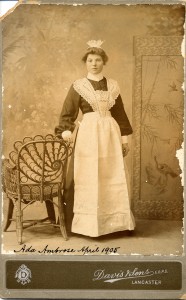
This girl was just about to start her career in domestic service, 1910. During her 12 years at the Bolton-le-Sands Home, she would have been well trained for her new life.
Nineteen girls and twelve boys went on to become domestic servants, most of them well away from London. Nine boys went to sea, two of them in the navy, although one had to quickly abandon that career on account of acute seasickness. Other occupations mentioned were carpentry and hairdressing for boys and dressmaking for girls.
Part two of the blog will look at the stories of seven of the first one hundred children.
For information about The Children’s Society Archive’s ‘Hidden Lives Revealed’ web site: http://www.hiddenlives.org.uk/
or you can consult the Archive’s on-line catalogue: http://www.calmview.eu/childrensociety/Calmview
If you would would like to know about how The Children’s Society continues to change children’s lives today, visit the charity’s website: http://www.childrenssociety.org.uk/

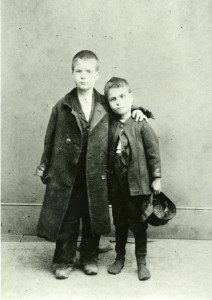
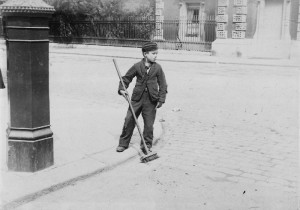

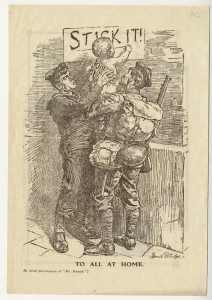
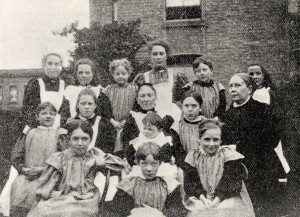
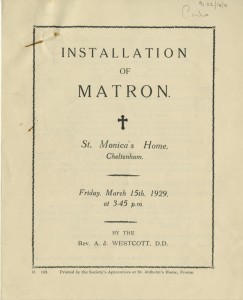

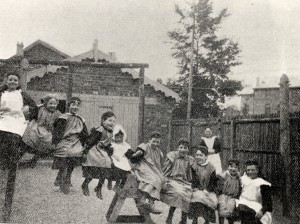
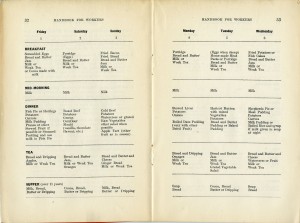
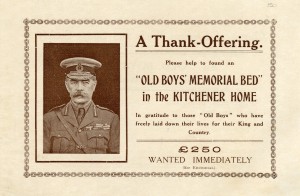
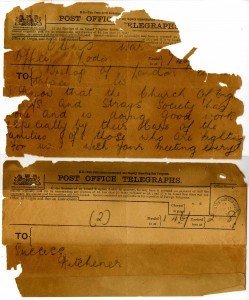

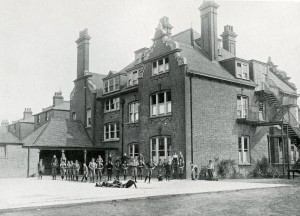
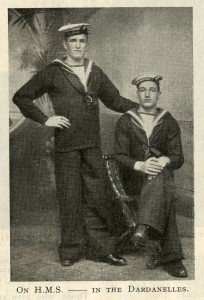
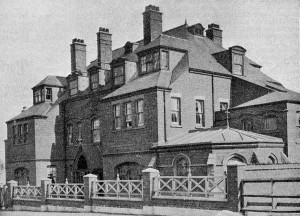
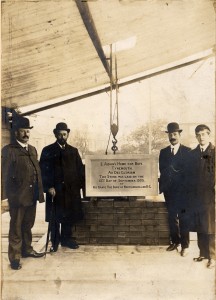
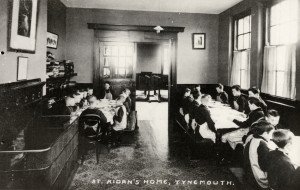
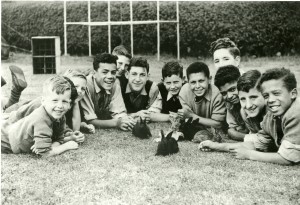
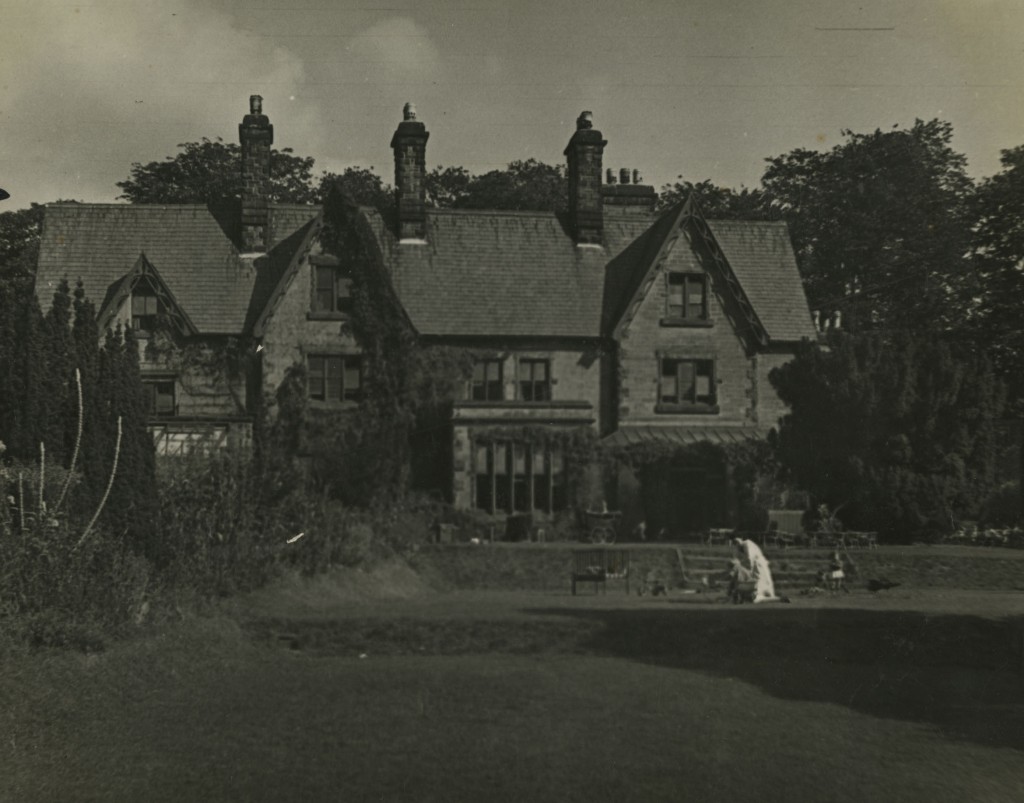
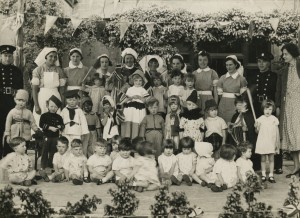
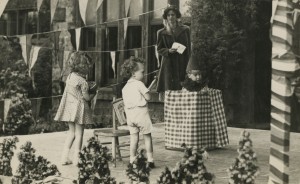
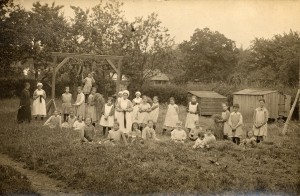
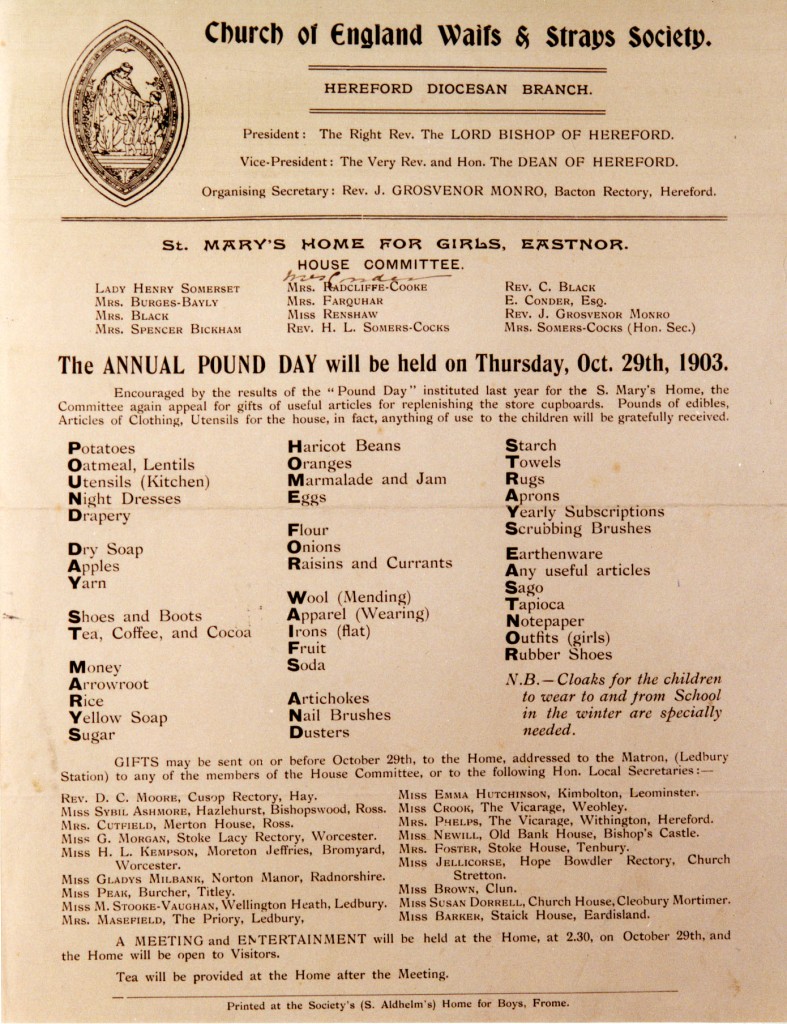
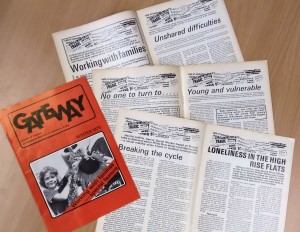
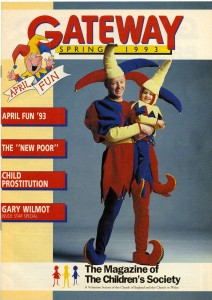
![A boy who was in the care of The Children's Society over 100 years ago. Modern photograph by: Wellcome Trust | Thomas S.G. Farnetti]](http://www.hiddenlives.org.uk/blog/wp-content/uploads/2015/06/C0107829_resize1-300x200.jpg)
